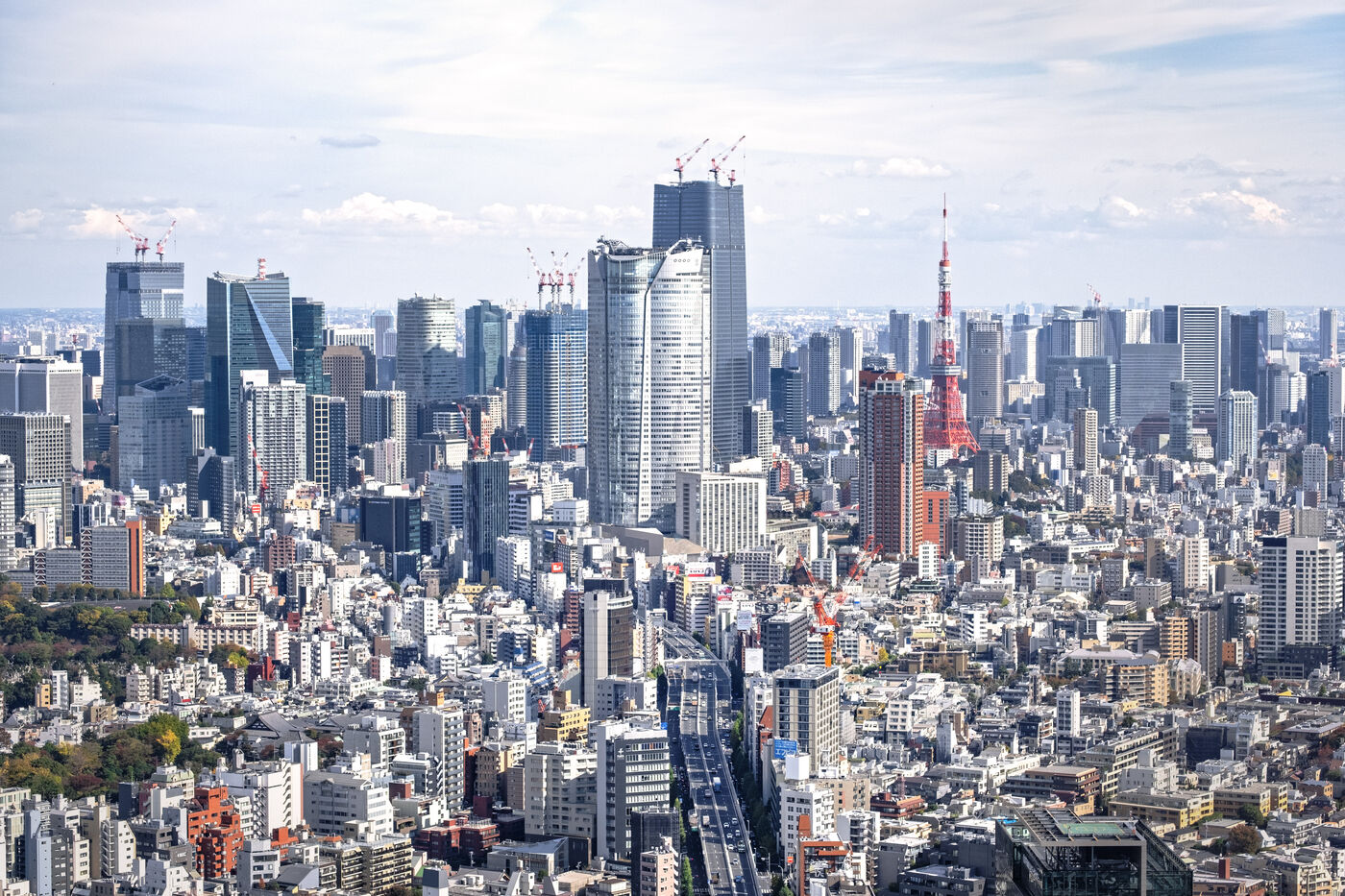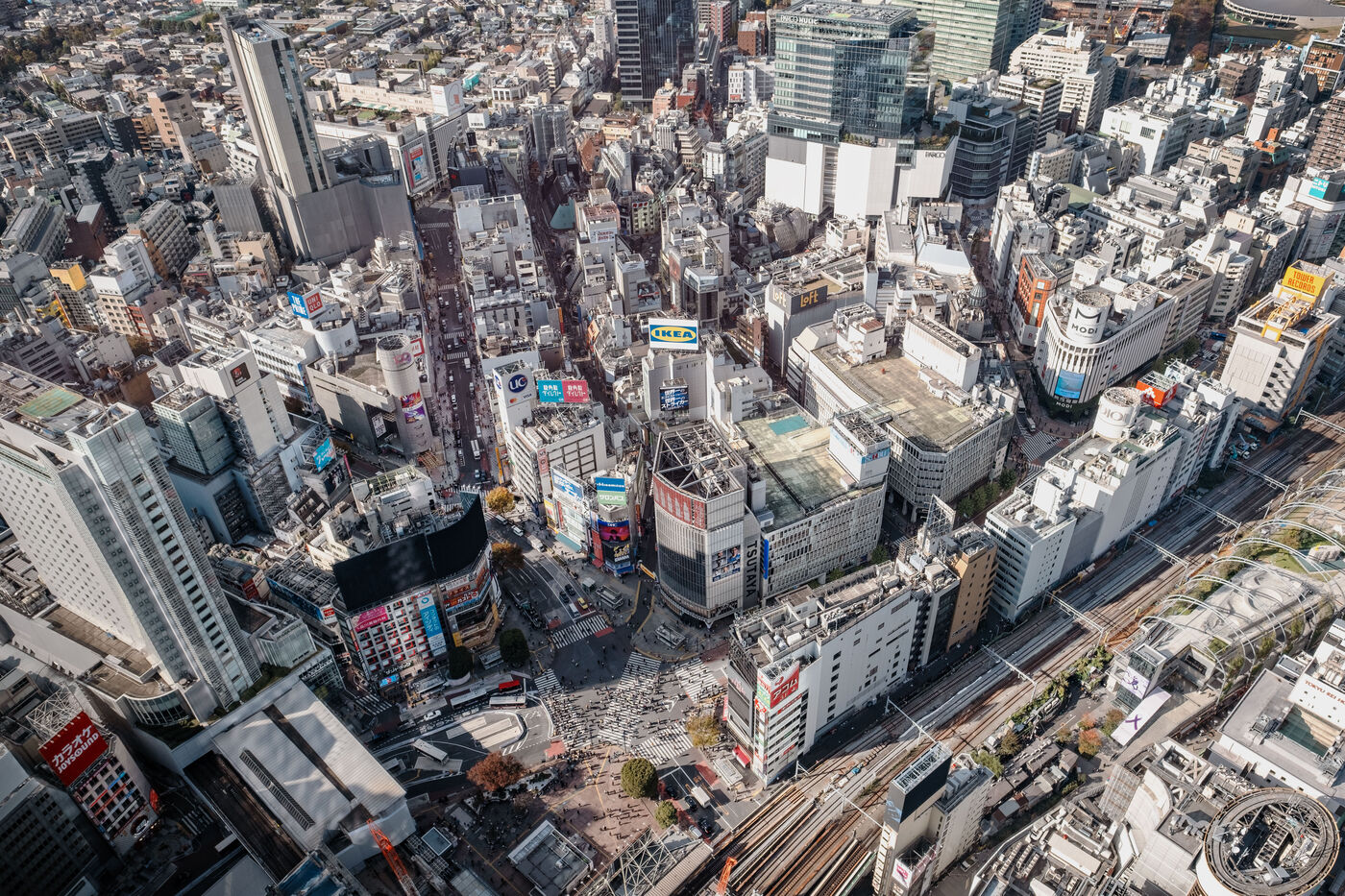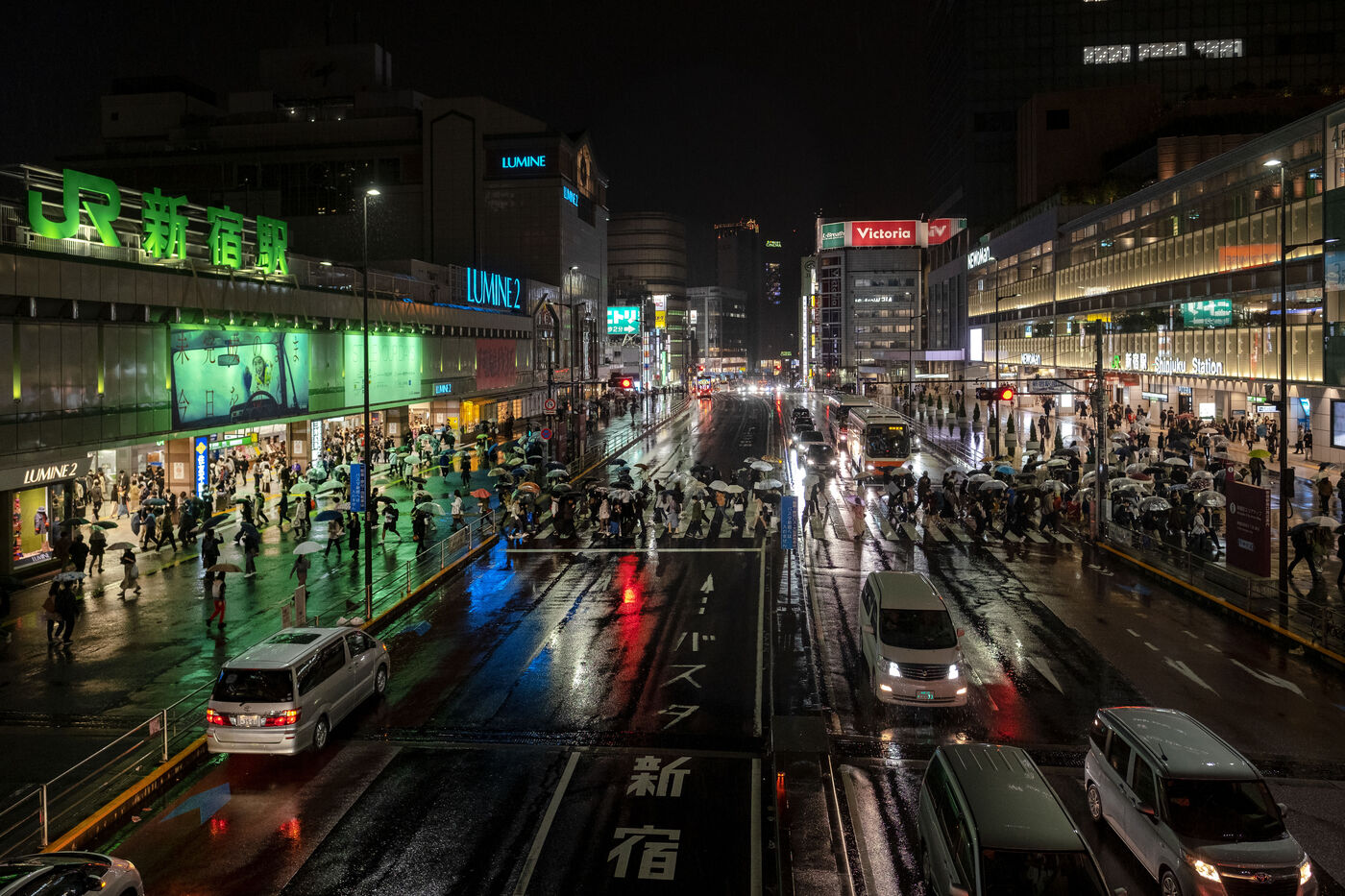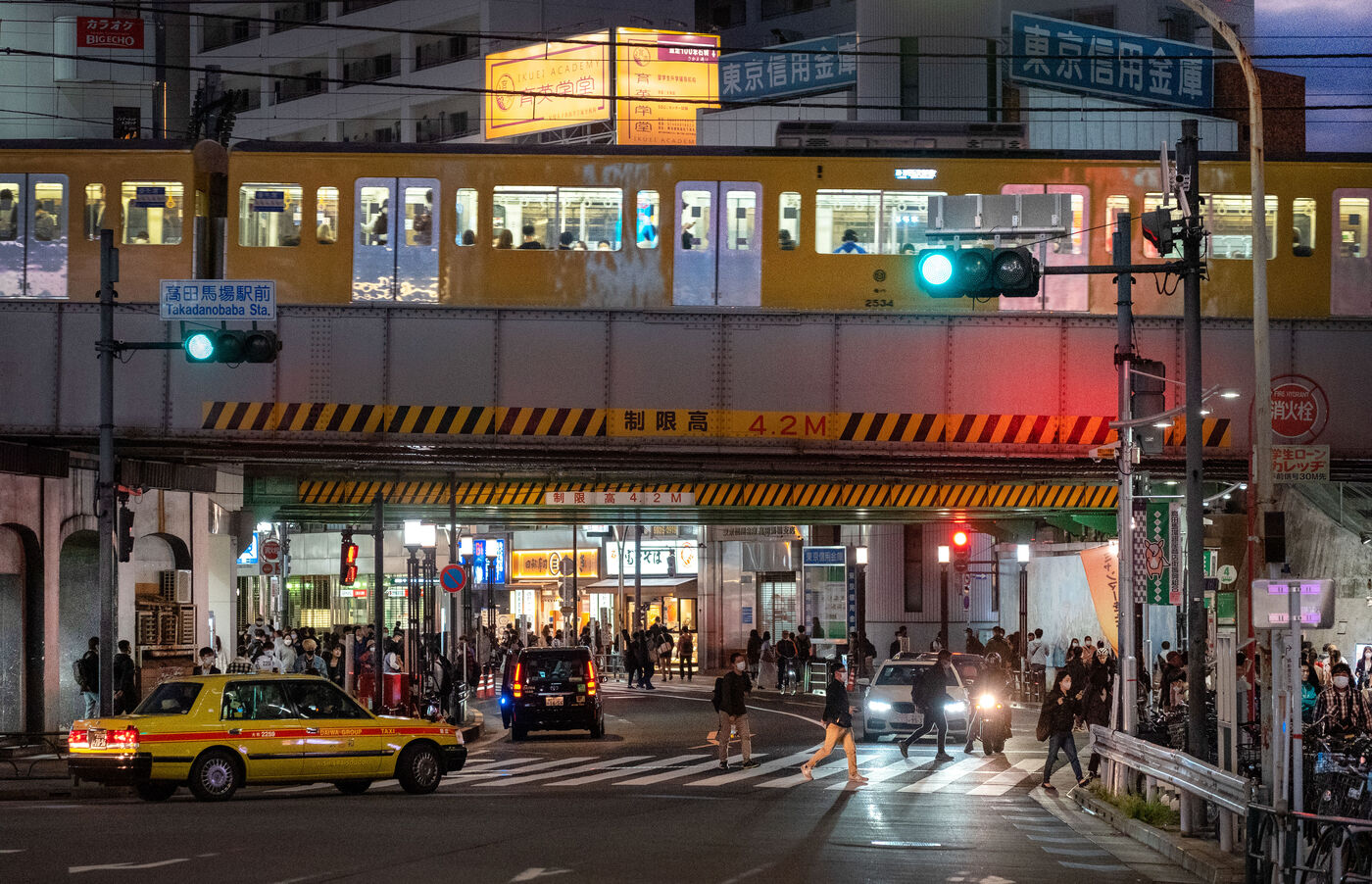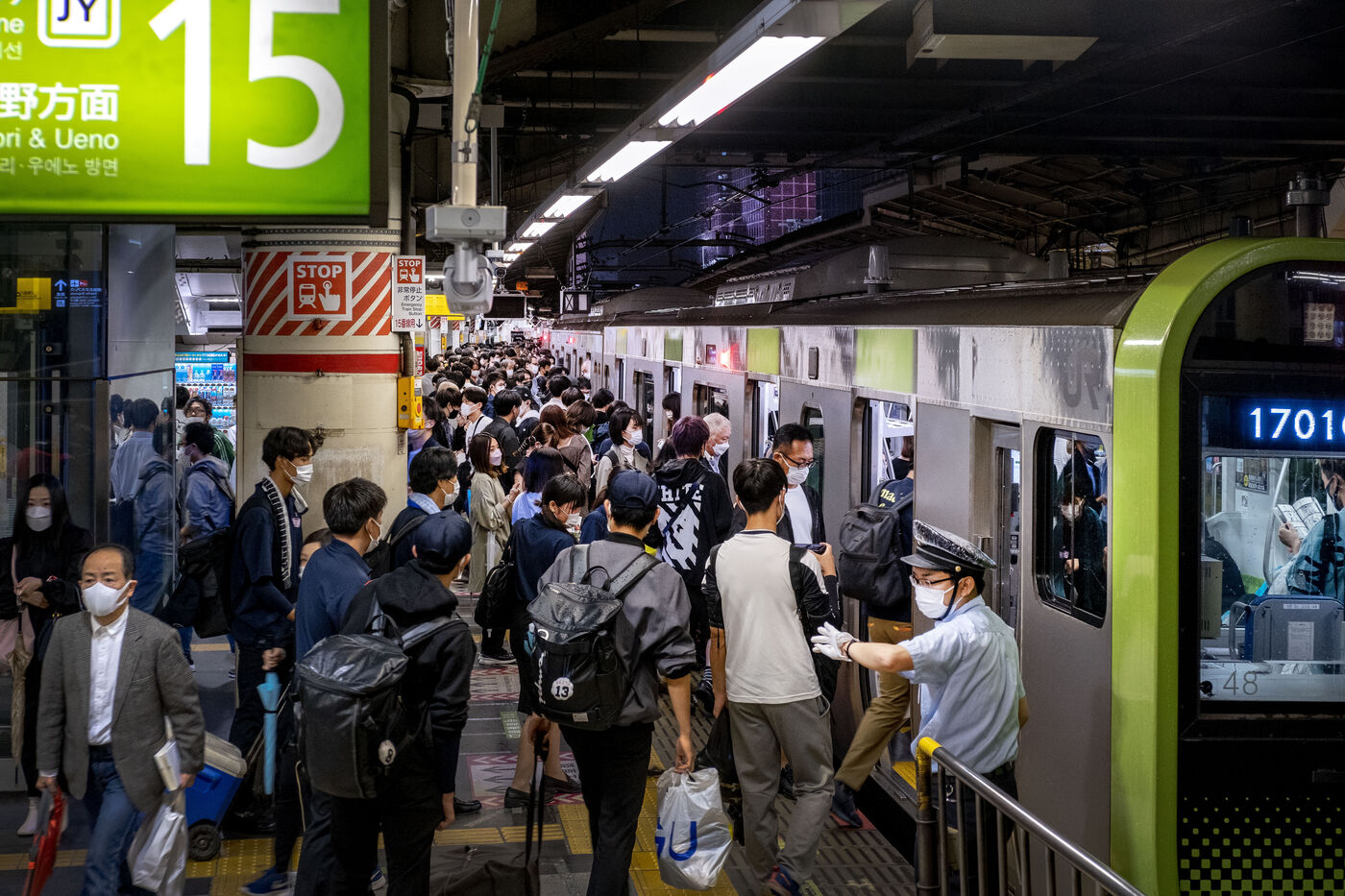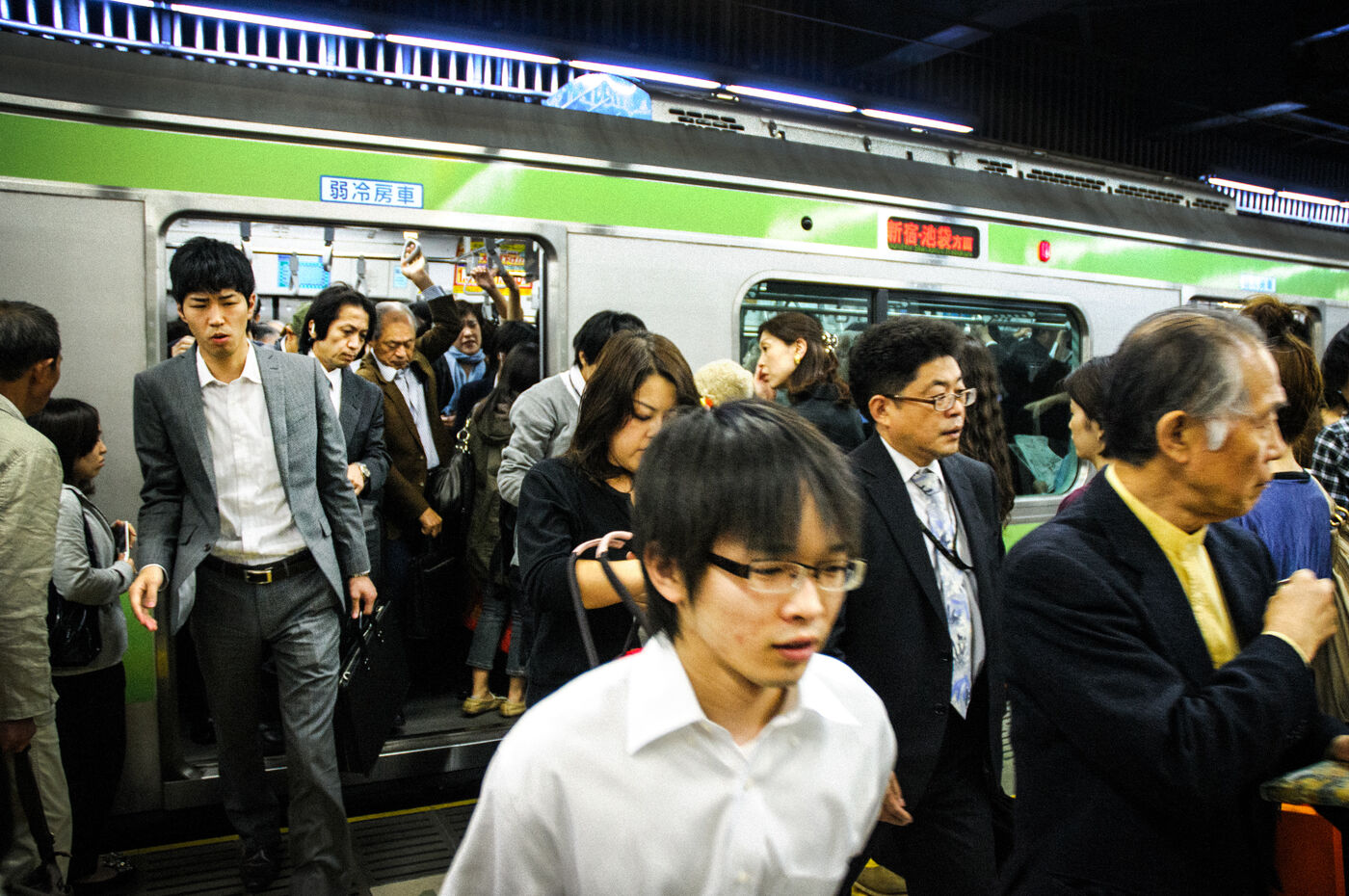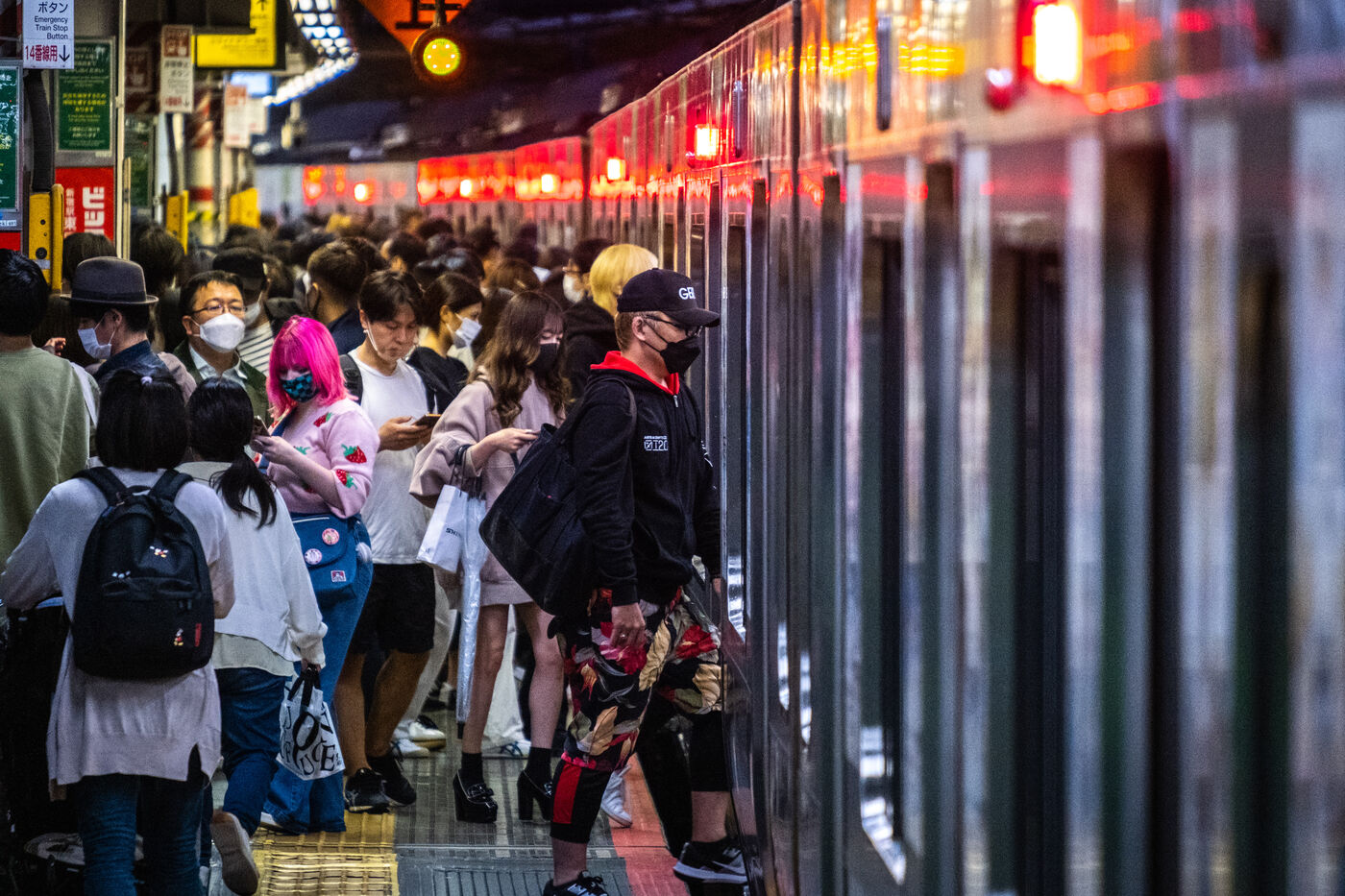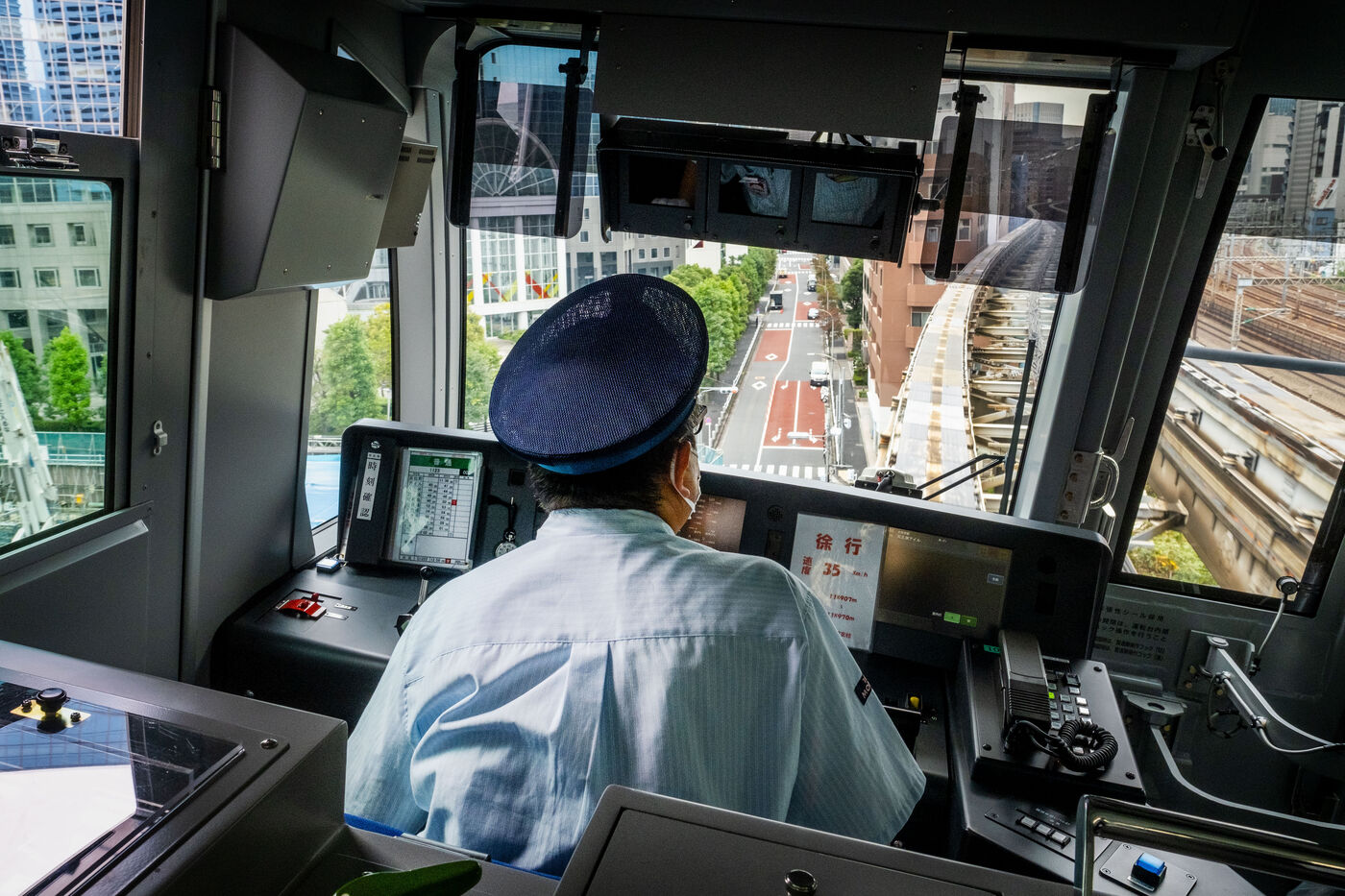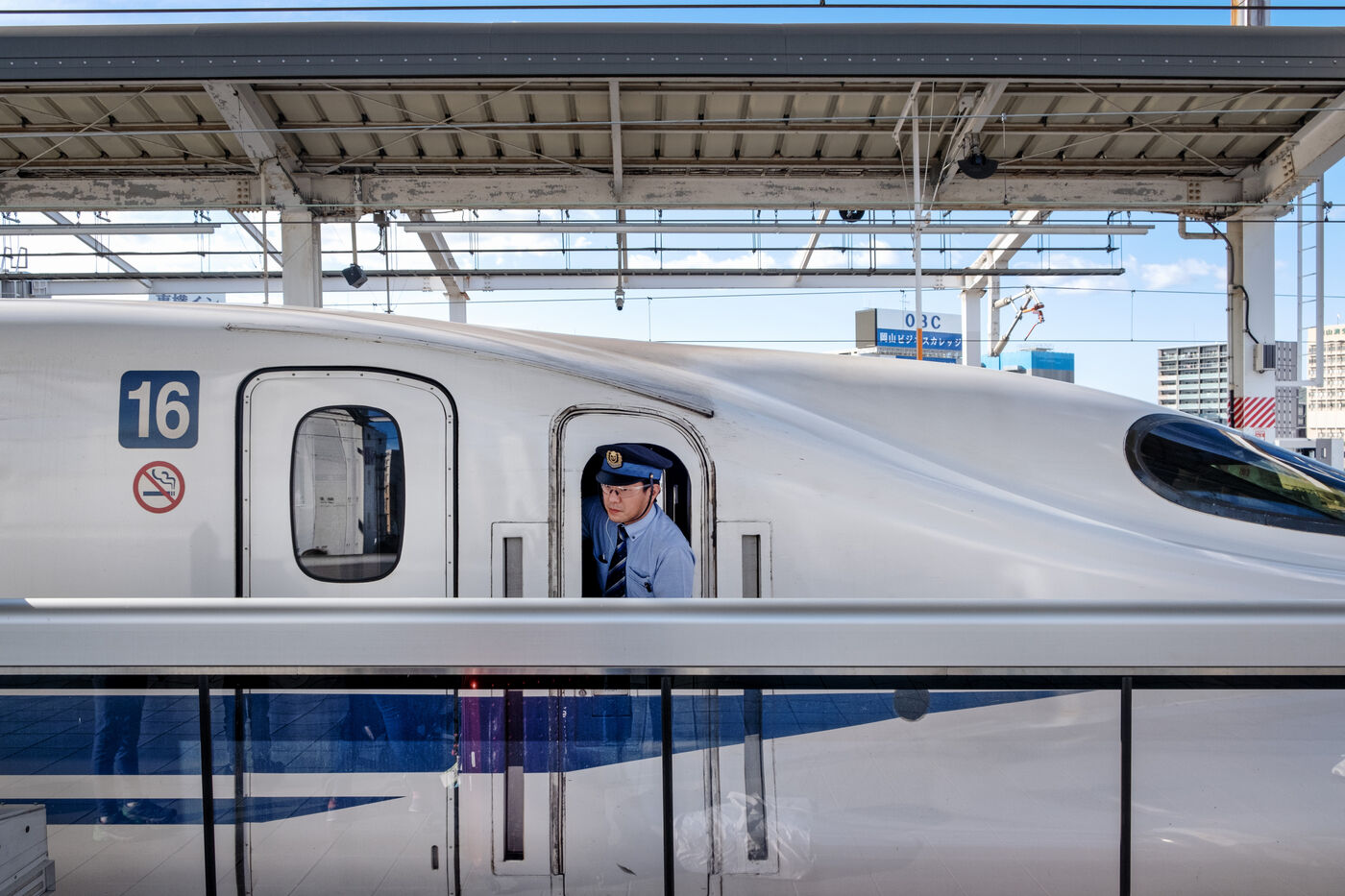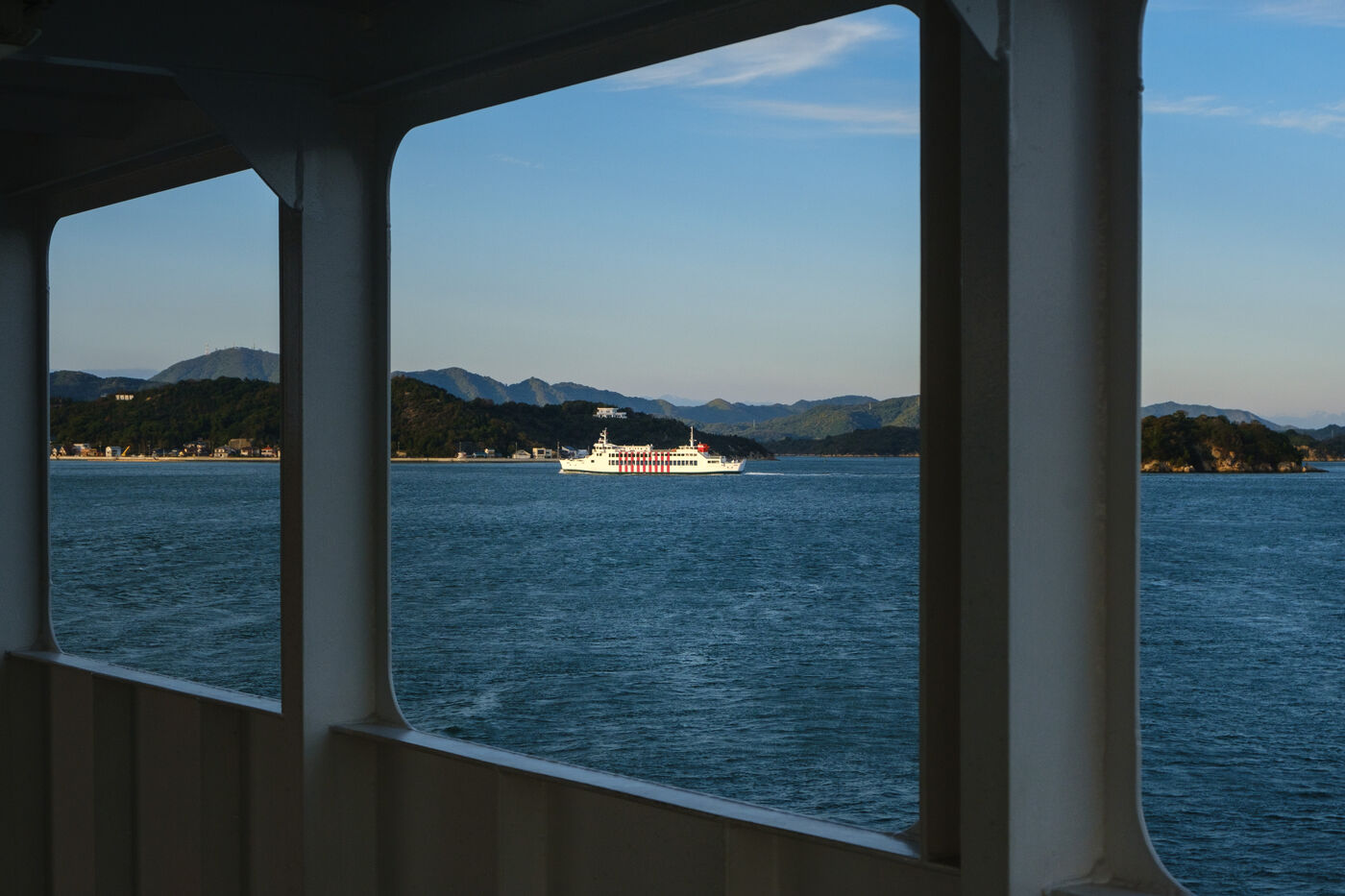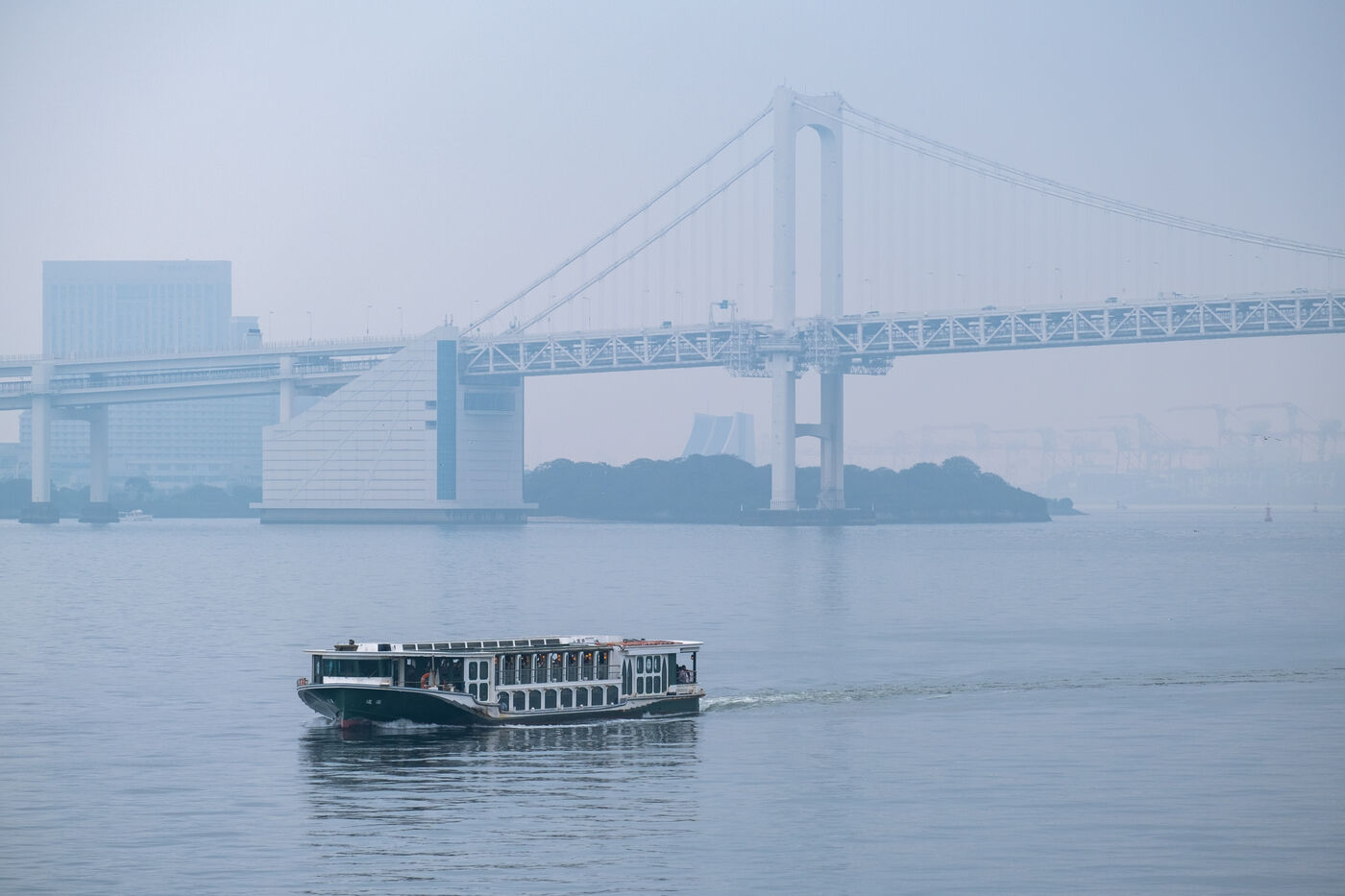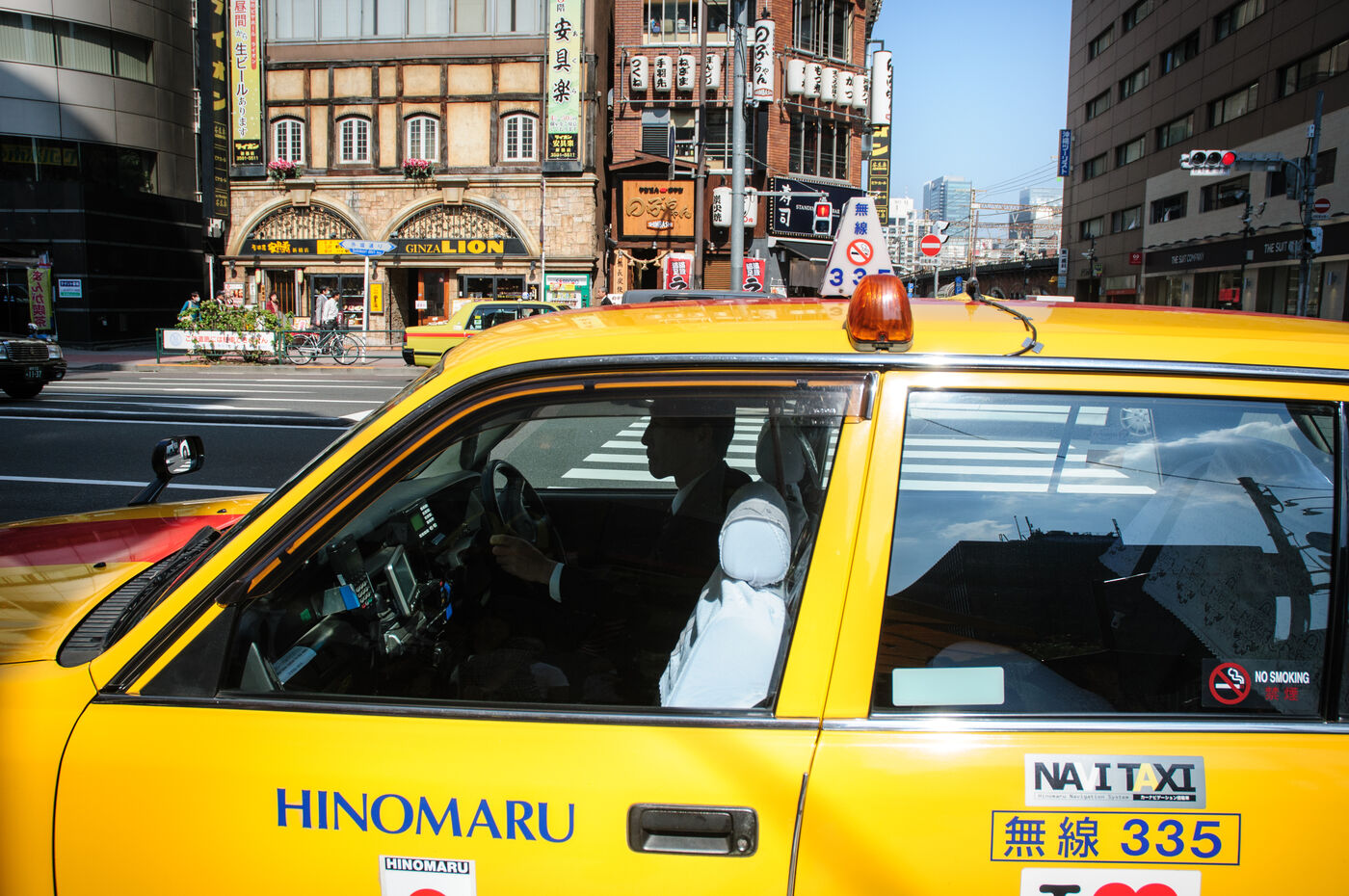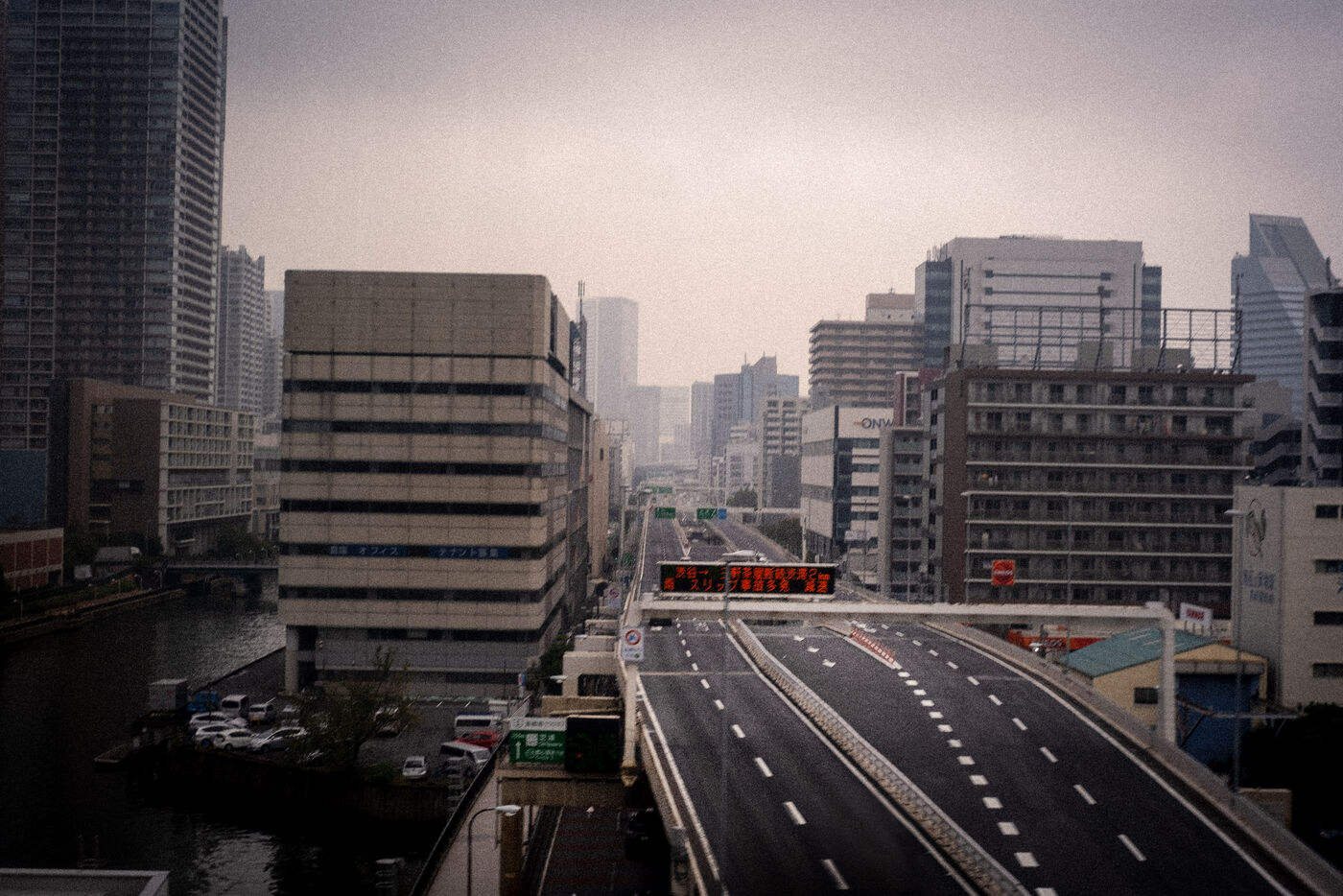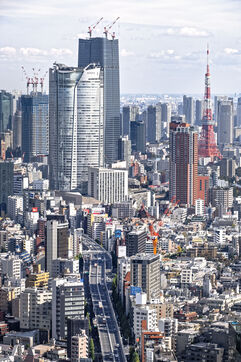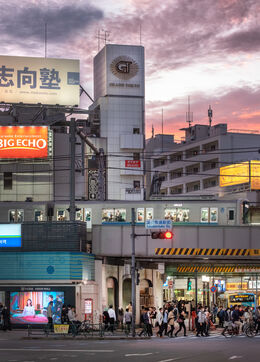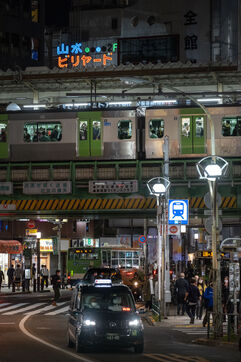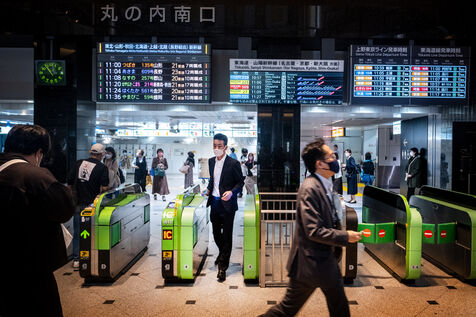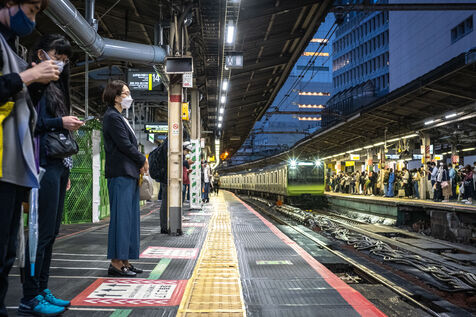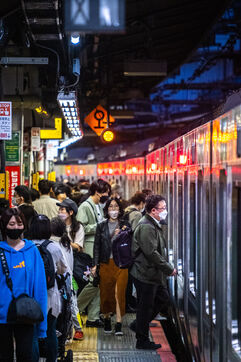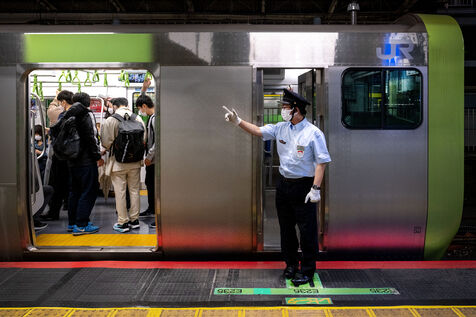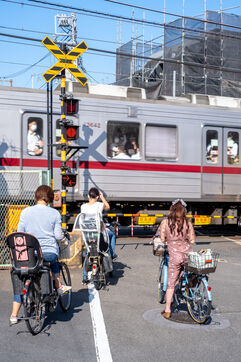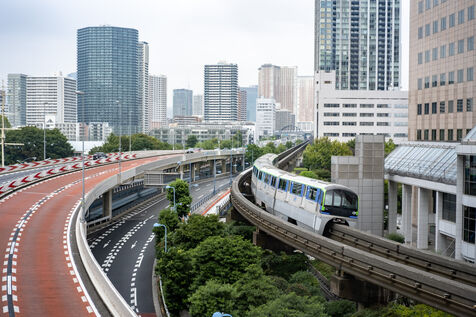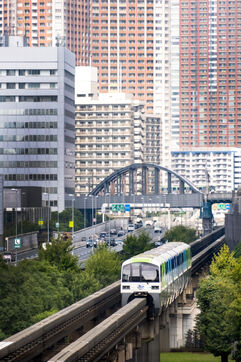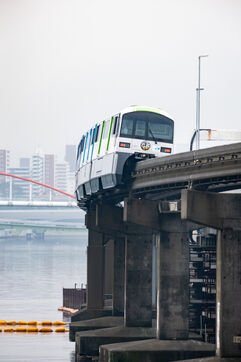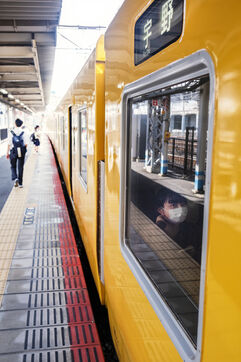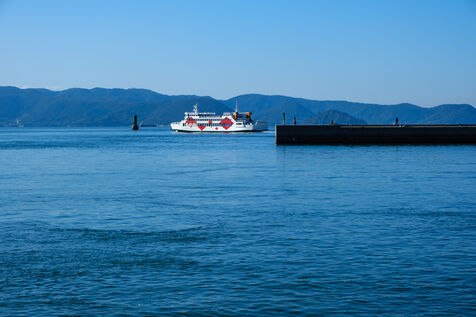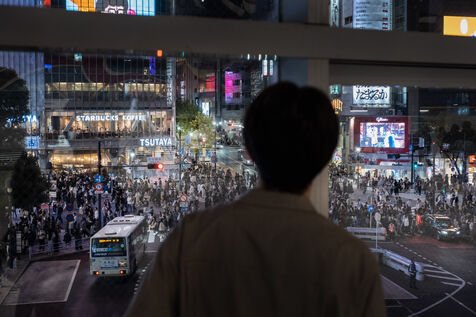Illustration Transports Japon
Le retard moyen d'un train à grande vitesse Shinkensen est de 20 secondes. Au-delà de la légendaire ponctualité des transports japonais, c'est tout un système ultra-développé qui permet aux habitants de l'archipel de se déplacer quotidiennement. Ainsi, le "TGV" nippon parcourt l'archipel du nord au sud à une vitesse pouvant atteindre 320 km/h. Le réseau de métro de Tokyo est le plus fréquenté du monde. La gare de Shinjuku est empruntée par plus de 800,000 voyageurs chaque jour, plus grande affluence mondiale. Connecté à un réseau ferré de surface tentaculaire, il permet à la gigantesque capitale japonaise d'afficher un indice de pollution bien inférieur à celui de Paris.
Illustration Transports Japon
The average delay of a Shinkensen bullet train is 20 seconds. Beyond the legendary punctuality of Japanese transport, it is a highly developed system that allows the inhabitants of the archipelago to travel daily. Thus, the Japanese "TGV" travels from north to south at a speed of up to 320 km/h. The Tokyo subway system is the busiest in the world. The Shinjuku station is used by more than 800,000 passengers every day, the largest number in the world. Combined with a sprawling surface rail network, it allows the gigantic Japanese capital to have a pollution index well below that of Paris.
